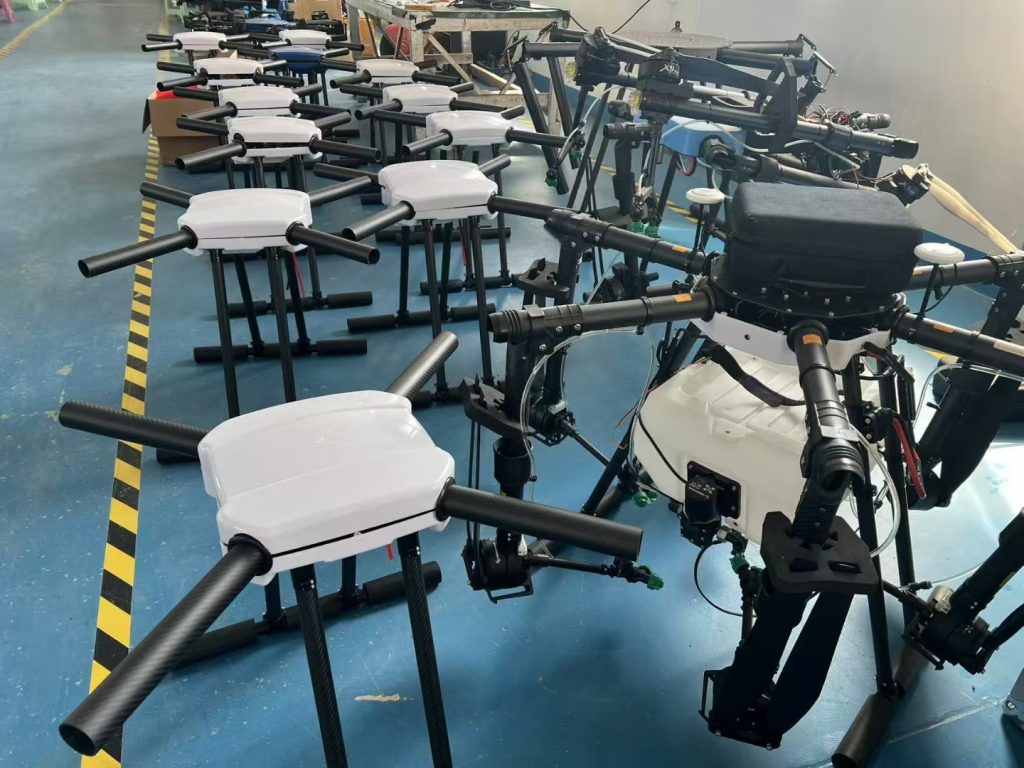
Wings Over the Hills: How Chinese Agri-Drones Are Breathing New Life into Haitian Farming
Haiti’s countryside, a rugged patchwork of terraced hills, dry scrubland, and small family plots clinging to the island’s rugged spine, is a land where agriculture is both lifeline and legacy. For generations, peyizan (peasant farmers) have tilled this soil—most on farms no larger than 3 hectares—growing kafe (coffee), mangè (mangoes), and manioc (cassava) that feed local communities and sustain fragile export markets. Yet beneath this vibrant agrarian culture, challenges fester. Deforested slopes erode with every rainy season, hurricanes flatten crops in hours, and a youth exodus to Port-au-Prince or the Dominican Republic leaves aging farmers (over 60% are over 55) to tend the land alone. It’s here, amid the scent of roasting coffee and the clatter of donkey carts, that an unlikely helper has taken flight: agricultural drones imported from China, now gliding over Haitian fields to prove that even in the world’s most vulnerable agricultural landscapes, innovation can nurture resilience.
Haiti’s Farms: Heartfelt Struggles, Fragile Hope
Haitian agriculture is a study in perseverance. In the central highlands of Hinche, farmers grow kafe kreyòl (Creole coffee) using methods passed down since colonial times—hand-picking beans, drying them on tin roofs, and trading them in local markets. In the Artibonite Valley, rice paddies snake through the valley floor, their yields dependent on unpredictable rainfall. Yet for all its cultural richness, farming here is a daily battle.
“On our 2-hectare kabrit (goat) farm in Jacmel, we hand-spray dewormers every month,” says Mme. Élise, a 61-year-old farmer. “It takes a week, three workers, and half the chemicals wash into the Ravine du Sud. Last year, Hurricane Matthew drowned 40% of our cassava. Young people? They’re in Port-au-Prince now, selling phone credit. Who will keep this farm alive?”
Climate change has sharpened these strains. Longer droughts parch crops, while stronger hurricanes uproot trees and clog irrigation ditches. Haiti’s reliance on imported fertilizers (a drain on its fragile economy) and pressure to reduce chemical runoff (demanded by regional trade partners) add urgency. “We need to grow more with less,” adds Ti-Jean, who runs a small coffee cooperative in Kenscoff. “But checking every hill for blight? Impossible on foot. My back gives out just climbing the trails.”
Drones Crafted for Haiti’s Land and Spirit
When we first explored exporting to Haiti, we didn’t just send drones built for flat, industrial farms. We studied the country: its deforested slopes, monsoon-like rains, and the quiet pride of its farmers in “farming with ankòl (grit).” What emerged was a machine built not just for Haiti’s challenges, but for its culture of community and deep connection to the earth.
Built to conquer chaos: With a ruggedized plastic frame and IP67-rated motors, our drones thrive in Haiti’s dusty, storm-prone highlands. Their high-capacity batteries retain 85% charge even after 70 minutes of hovering in 30°C heat—critical for farmers working long days under the Caribbean sun. “In the past, my old sprayer broke after three uses,” Élise laughs. “This drone? It’s still flying strong after a year of hurricanes and coffee harvests. It doesn’t mind the mud or the rocks.”
Precision for small, sacred plots: Multispectral sensors map crop health at the leaf level, flagging early signs of drought, nutrient deficiency, or pest infestations. For Ti-Jean’s coffee cooperative, this meant identifying blighted trees before they spread—saving 30% of their harvest last season. “The drone shows me exactly which trees need help,” he explains. “No more guessing. My coffee tastes the same, but my costs are down.”
Simple enough for abuelos, smart enough for youth: Many Haitian farmers are tech-curious but value tradition. We designed a Creole-French bilingual app with one-touch “health scan” and “spray plan” modes, paired with workshops led by local agronomists in community centers, over diri ak legim (rice and beans) and kafè kreyòl. “I thought drones were for Port-au-Prince’s tech kids,” admits Élise’s grandson, Willy, now a farm hand. “But after the training? I flew one myself. It’s like using a drone for photos—intuitive, and it makes me feel like I’m protecting our farm for the future. Now I’m teaching my grandmom how to read the maps. It’s bridging generations.”
More Than Machines: Trust in the Heart of the Caribbean
In Haiti, trust is earned over kafè kreyòl and stories of surviving hurricanes. We didn’t just drop off drones; we partnered with the Ministère de l’Agriculture, des Ressources Naturelles et du Développement Rural (MARNDR) to host “drone field days,” where farmers tested our tech alongside traditional methods. At a rice cooperative in the Artibonite, growers compared drone-sprayed plots to hand-sprayed ones—finding 40% less chemical runoff and 15% higher yields. At a coffee farm in Kenscoff, managers used drone data to target fertilizer application, slashing costs by 25%.
“Haitian farmers are resilient but pragmatic,” says MARNDR’s regional rep, Marie. “They need to see results, not specs. Once they do? They become our biggest champions.”
That trust deepened when we adapted to their reality. During last year’s drought, we rushed water-efficient nozzles to farmers using our drones. When Élise struggled to map steep goat pastures, our engineers updated the flight algorithm to hug contour lines—avoiding crashes into rock walls. “You didn’t just sell us a tool,” Ti-Jean says. “You stayed when the sun was scorching. That’s konfyans (trust).”
Today, drones are quietly transforming Haitian farming:
-
Coffee Farms (Kenscoff): Ti-Jean’s cooperative now monitors crops weekly, cutting chemical use by 40% and saving 25% of their harvest. “Our coffee now fetches better prices in Miami. Tourists love hearing about our ‘drone-tended’ beans.”
-
Goat Farms (Jacmel): Élise uses drones to map pasture health, optimizing grazing rotations. “Healthier grass means healthier goats. My fromaj kreyòl (Creole cheese) now sells out at local markets.”
-
Rice Paddies (Artibonite): Willy’s team uses drones to spot early signs of stem borers, treating small outbreaks before they spread. “Last year, we saved 30% of our rice. The drone is our new scout—faster and kinder to the land.”
A Partnership Rooted in Growth and Respect
What began as a business venture has become a collaboration. Haitian farmers teach us about their land: how drones handle the country’s sudden mountain mists, which crops (like pwa nwa black beans) need gentler spray settings, even which local phrases make training stick (“¡Vole, dron!*”—“Fly, drone!”—is now our workshop cheer). In return, we’re refining our drones: larger tanks for Kenscoff’s bigger coffee farms, quieter motors to avoid spooking goats, and solar panels to extend flight time in long dry seasons.
As Haiti aims to boost agricultural exports by 20% by 2030, drones offer more than efficiency—they offer hope. They let young farmers like Willy see a future where technology and tradition coexist. They let elders like Élise pass down farming wisdom without burning out. And they let this Caribbean nation prove that even in a world of industrial farms, small plots can thrive with tools that respect the earth.
So when you next see a drone gliding over Haitian coffee terraces or goat pastures, know this: it’s not just flying. It’s carrying the dreams of a community, the lessons of a factory halfway across the world, and the quiet belief that the best innovations honor the past while nurturing the future.
After all, in a land where the soil is rich with resilience, progress should feel like coming home—warmer, wiser, and ready to grow.
THE END

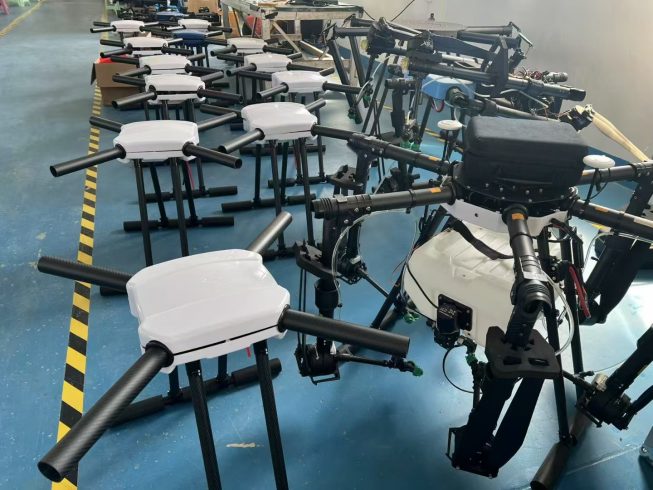
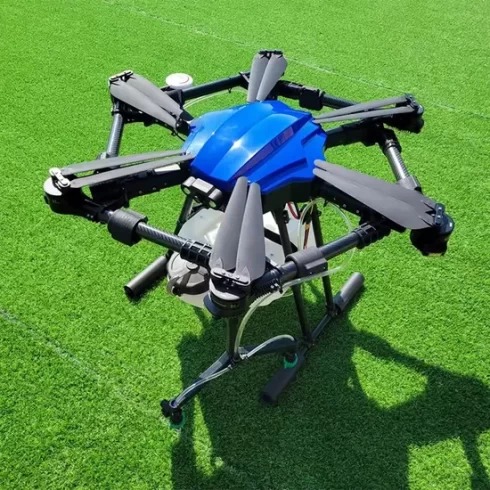
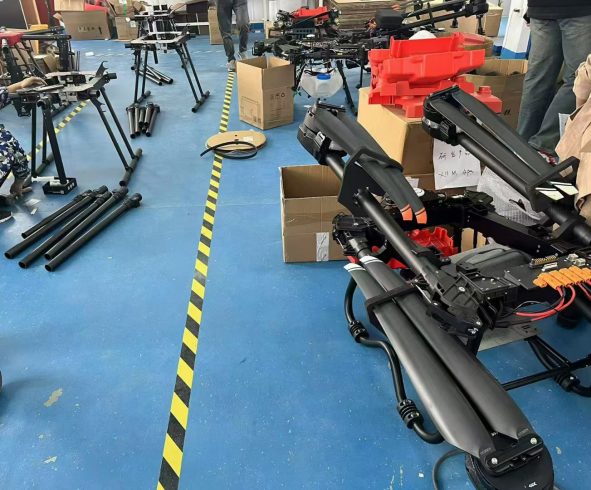
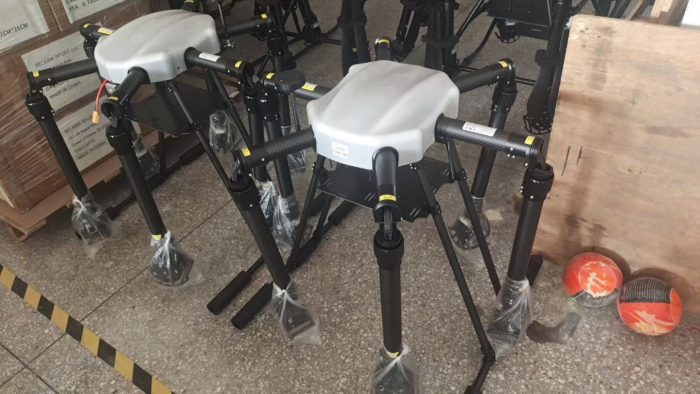
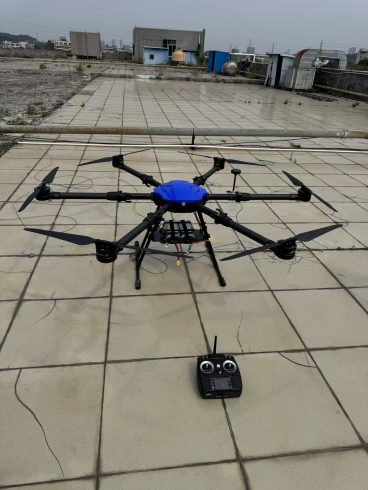
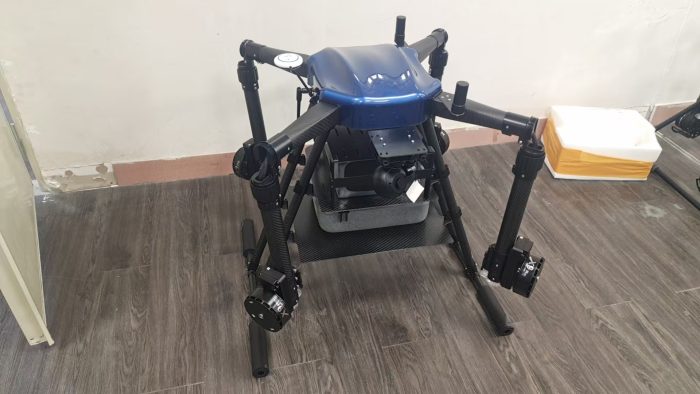
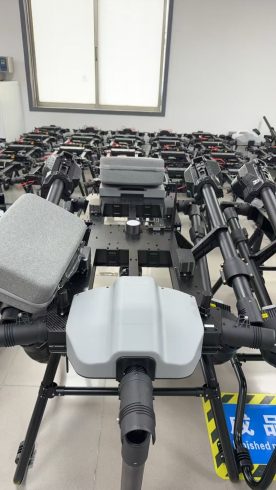

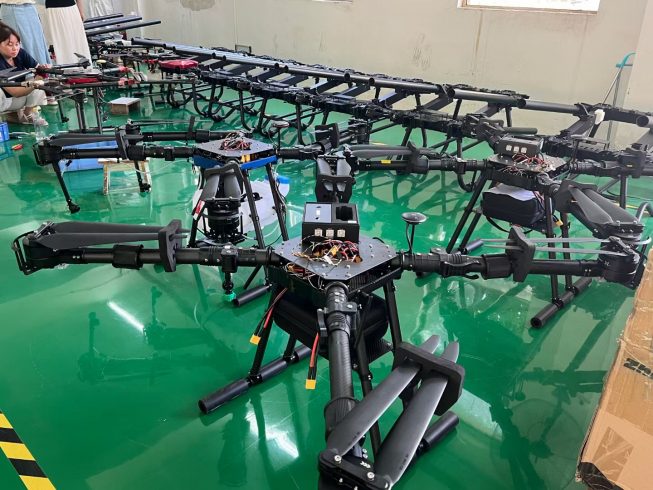

暂无评论内容